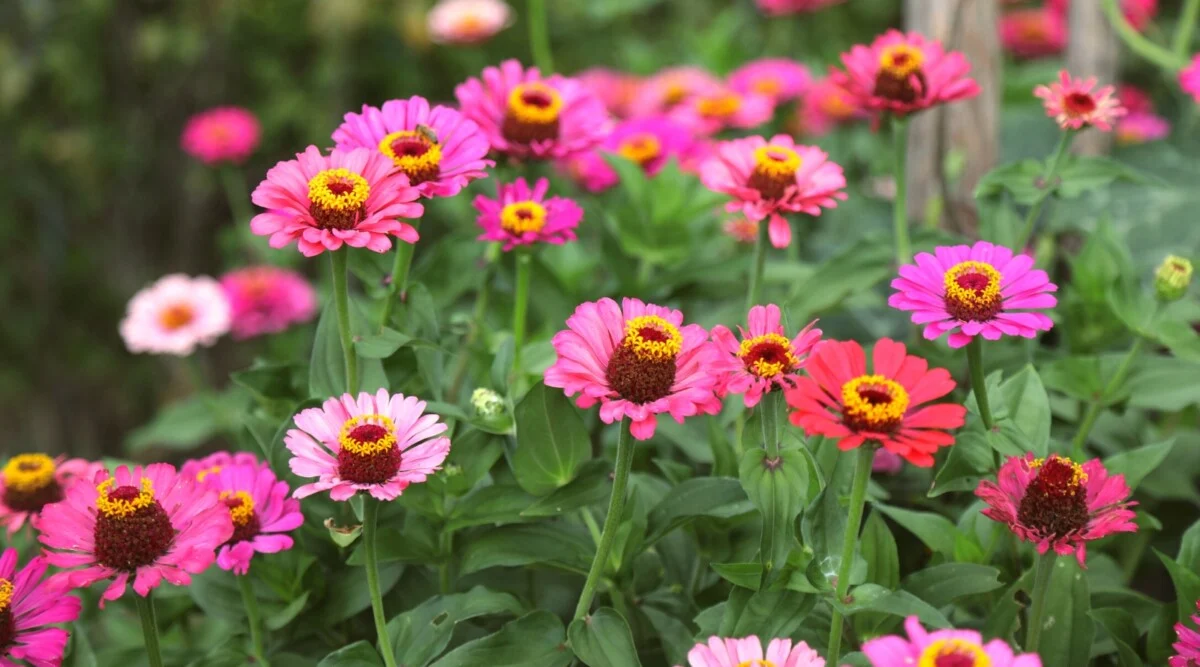In recent years, urban gardening has emerged as a vibrant trend, transforming city landscapes and fostering community connections. As more people flock to urban areas, the need for green spaces has become increasingly evident. Urban gardening not only addresses this need but also offers a plethora of benefits that enhance the quality of urban life.
The Benefits of Urban Gardening
- Environmental Impact: Urban gardens play a crucial role in improving air quality. Plants absorb carbon dioxide and release oxygen, helping to mitigate the effects of pollution. Additionally, they contribute to urban biodiversity by providing habitats for various species, including birds, bees, and butterflies.
- Food Security: With rising food prices and increasing concerns about the sustainability of agricultural practices, urban gardening offers a way for city dwellers to grow their own fruits and vegetables. Community gardens and rooftop farms allow residents to cultivate fresh produce, reducing reliance on store-bought goods and lowering their carbon footprint.
- Community Building: Urban gardens serve as communal spaces where people can come together. They promote social interaction, foster a sense of belonging, and provide opportunities for skill sharing and collaboration. Community gardening initiatives often empower local residents, encouraging them to take ownership of their surroundings.
- Mental Health Benefits: Engaging with nature has been shown to reduce stress, anxiety, and depression. Urban gardening allows individuals to connect with the earth, providing a therapeutic outlet. The act of nurturing plants can foster mindfulness and provide a sense of accomplishment.
- Economic Opportunities: Urban gardening can stimulate local economies. Small-scale farms and gardens often lead to the creation of jobs, from farm management to sales at farmers’ markets. Furthermore, educational programs centered around urban gardening can provide valuable skills and training for community members.
Challenges Facing Urban Gardening
Despite its numerous advantages, urban gardening faces several challenges. Limited space, soil contamination, and access to water can hinder gardening efforts in densely populated areas. Additionally, zoning laws and regulations may restrict where gardens can be established. Overcoming these barriers requires creative solutions and community advocacy.
Innovative Solutions
Cities around the world are finding innovative ways to incorporate urban gardening. Vertical gardens, hydroponics, and aquaponics are gaining popularity, allowing residents to maximize space and resources. Many municipalities are also implementing policies to support urban agriculture, such as providing grants for community gardens or establishing public land for gardening initiatives.
Conclusion
Urban gardening represents a hopeful movement towards sustainable living in cities. By cultivating green spaces, urban residents can enhance their quality of life, promote environmental stewardship, and foster community ties. As we continue to grapple with the challenges of urbanization, embracing the practice of urban gardening may be one of the most effective strategies for creating resilient, livable cities. Whether through individual balcony gardens or large community plots, every green thumb contributes to a brighter, greener future.









